In today’s digital era, the mobile healthcare ecosystem is advancing at staggering speeds. New and upcoming technological trends are giving way to the modernization of medical care. As a result, healthcare app developers must support this modernization by adopting these new tools to deliver more robust, innovative products.
You’ve probably stumbled upon articles discussing technological trends and advances from past years and wonder why companies feel the need to highlight the top IT trends for their industry every year. Well, it so happens that, with each passing day, technology is updating at incredible speeds; what’s trending one month becomes obsolete the next. Thus, last year’s trends are this year’s commonality. This phenomenon has given way to technological changes constantly happening in almost all industries, especially healthcare. Yes, the healthcare sector is undergoing a radical transformation with the advent of novel technologies. Added to this, and in tandem with the constantly updating technologies, the pandemic has further submerged the industry into a massive transmutation and turned the industry 360 degrees in months. Doctor visits turned into video calls, patient records turned into digital files, and remote sensors became the new monitoring systems. Consequently, we think it’s safe to say that healthcare app development trends are not the same they once were.
Modern healthcare app developers must stay on top of the current–and upcoming trends to stay relevant and remain ahead of competitors. These trends set the pace for innovation needs and requirements in mobile healthcare and help establish new ways to better cope with the changing demands within the system. For this reason, healthcare app developers must pay extra attention to these changes in the technological landscape of the medical industry and know how to use them to make their apps relevant and valuable.
As innovative healthcare app developers, we at Foonkie Monkey understand that the best healthcare apps are those that stay relevant and adopt state-of-the-art technologies to solve problems. Therefore, we consider it crucial to outline the healthcare app development trends and innovations that will have an unmistakable impact on our industry in the second half of 2021 and beyond.

Healthcare App Development Trends
By the end of 2020, the global digital healthcare market was valued at $96.5 billion, with a projected dramatic increase of 15.1% Compound Annual Growth Rate (CAGR) from 2021 to 2028. Evidently, the statistics favor healthcare digitization and are a testament to the growing need for the sector to become increasingly digital and automated. The reason behind this modernization phenomenon is twofold. On the one hand, customers are increasingly demanding it. On the other hand, as stated above, the novel technological advancements are driving the digital viability of the healthcare industry. Additionally, with the changing customer requirements brought by the pandemic, mobile solutions also need to adopt the technological trends that will let them advance and modernize.
So, without further ado, let’s look at what new and upcoming healthcare app development trends we have to watch for in 2021.

1. Blockchain
Regardless of the technological advancements already disrupting the healthcare industry, the vast majority of contemporary healthcare information systems are fragmented. While the amount of healthcare data created each day grows exponentially, this information remains isolated and, in most cases, inaccessible from the outside. Not only is this inefficient in terms of health data sharing and research, but it prevents healthcare providers from working with their patients’ complete real-time health information. Additionally, in 2019, the US spent 17% of its Gross Domestic Product (GDP) on healthcare. That is about $11,000 per person, the highest healthcare expenditure among all first-world countries. If those numbers aren’t jarring enough, the global healthcare industry is now plagued by countless complications due to the pandemic. Skyrocketing hospital costs, escalating disease complexity, inefficient practices, overworked physicians, and constant data breaches are some of the challenges we’re now facing. These costly and worrying problems expedited the drive for greater efficiency and innovation, and, in that search, blockchain technology is becoming the salvation. As a result, blockchain is slowly becoming one of the most crucial healthcare app development trends for 2021.
If you’re new to the concept of blockchain, it is a digital ledger that manages and records information in chains of blocks. Each block contains information about the previous ones, making it almost impossible to change, hack, or modify the data within the system. After disrupting countless other industries and being the right hand of FinTechs for years, blockchain technology is now breaking ground in the mobile healthcare industry. Albeit slowly, blockchain-powered solutions are being introduced into healthcare systems in a quest to transform healthcare delivery, enforce global patient centricity, and increase the security, privacy, and interoperability of health-related data.
Blockchain-based health systems, including software, apps, and connected medical devices, have widespread implications for healthcare app development, medical ecosystems worldwide, and their stakeholders. For one, the promise of blockchain-based solutions for healthcare practices can eliminate the friction and high costs of the existing systems, software, and intermediaries. This way, blockchain-powered health information exchanges between stakeholders have the potential to unlock the true power of interoperability; it can enable all fragmented systems to connect seamlessly and generate collaborative insights that lead to better medical care delivery and assessment. As a result, the collaboration between practices, hospitals, institutions, pharmaceutical companies, and patients happens faster and will no longer be deterred by system fragmentations, incompatibilities, or lack of trust. Thus, in the long term, a nationwide (or worldwide) blockchain-powered mobile network for medical information exchange may drive efficiencies, collaboration, interoperability, and ultimately, support better health outcomes.
On the other hand, blockchain’s incorruptible and decentralized structure makes it an ideal platform for sensitive patient data protection, storage, and secure exchange. And while blockchain promotes data transparency, it also ensures data privacy, promoting the concealment of patients’ identities and protecting the sensitivity of medical data. These safety features are also precious for developers to ensure GDPR and HIPAA regulatory compliance because they provide secure interfaces for transferring medical data between stakeholders.
Even though blockchain’s implementation across the mobile healthcare ecosystem hasn’t been significant in recent times, it is slowly becoming a healthcare app development trend in some countries. Recently, China announced the Beijing Blockchain Innovation Development Action Plan to build a secure, transparent, and compliant healthcare infrastructure for the entire country. China’s blockchain-powered healthcare plan started in 2020 and will be fully implemented by 2022.
We are confident that blockchain technology will become commonplace within many mobile healthcare systems soon. However, it still has its technical, organizational, and economic challenges that governments and institutions must address before it matures into the fundamental tool it already is for countless other industries.
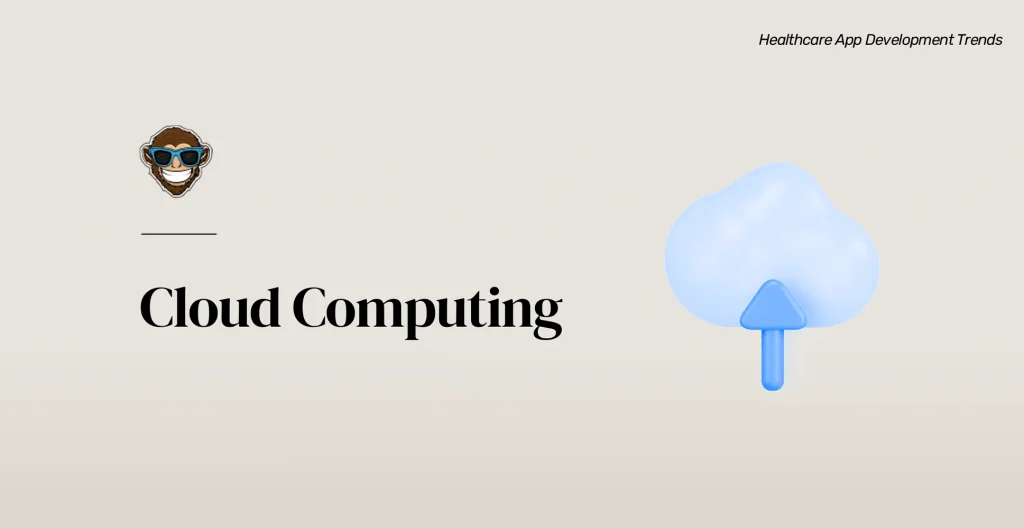
2. Cloud Computing
Cloud computing is one of the dominant technology trends in the digital transformation of countless industries in 2021, and healthcare is no different. Studies predict that the healthcare cloud computing market size will reach $64.635 billion by the end of 2026, meaning its adoption is already rising. This number doesn’t surprise us, though, because, as experienced healthcare app developers, we know that cloud-based solutions are one of the most efficient, cost-effective ways to promote the security, interoperability, and availability of medical data. It is the most efficient and one of the most secure ways to store Electronic Health Records (EHRs), patient personal information, research documents, and billing documents.
Additionally, this information is safely stored and easily shared, and accessed in real-time by interested parties. As a result, physicians and patients can leverage the benefits of cloud-based apps to stay in tune with treatment processes and real-time health updates, triggering patient involvement, which is crucial for treatment success. In turn, for healthcare institutions, cloud-based apps and services enable instant and global access to EHRs and patient data, insurance plans, billing information, and even data for research or clinical trials for pharma companies.
The amalgamation of cloud computing and healthcare apps also enables telemedicine, remote monitoring, and medical device integration. These features and benefits of cloud-based healthcare apps have become essential in the past year, which is why we are expecting cloud computing to become a prominent healthcare app development trend for the industry in 2021 and beyond.
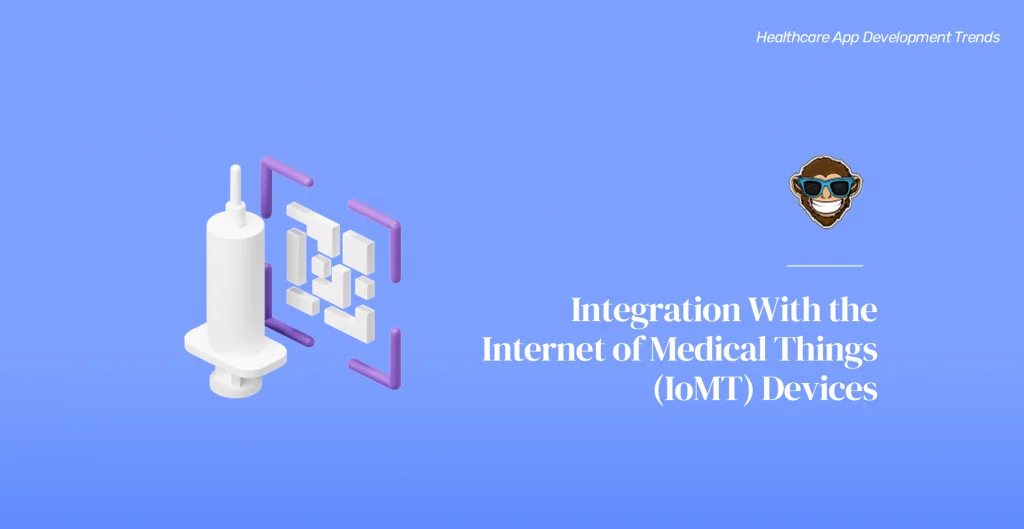
3. Integration With the Internet of Medical Things (IoMT) Devices
The Internet of Things (IoT) took the world by storm several years ago and, since then, it has become a necessary part of our internet-dependent lives. Analysts predict that in 2025, there will be a total of 41.6 billion connected IoT devices, meaning that there will likely be more connected “things” than people. These numbers are a testament to the many benefits that IoT has brought to industries worldwide, and the healthcare sector has not been a stranger to the perks of IoT. The industry has started to milk the potential of IoT via the Internet of Medical Things (IoMT), a connected infrastructure of medical apps, devices, and software used to provide interconnectivity to healthcare practices. This web of interdependent medical elements is becoming a healthcare app development trend by facilitating the frequent sampling of medical data for medical care or research outside of in-person visits. Experts forecasting a value of $136.8 billion for the IoMT market by the end of 2021. So, we think it’s safe to say that IoMT is one of the top healthcare app development trends that we will see skyrocket this year.
So yes, the IoMT universe is a fascinating trend for healthcare app developers because the more IoMT is widely adopted, the more healthcare apps will need to be shipped to connect those devices and store and read health data. Additionally, IoMT device integration with healthcare apps broadens the scope of interoperability within the entire healthcare ecosystem and facilitates remote communication between stakeholders. Moreover, IoMT-powered healthcare apps can help physicians remotely check on their patients’ vitals, monitor and track their physical activities, blood pressure, and survey disease progression, to name a few. And due to the wide range of IoMT devices–including fitness trackers, remote patient monitoring devices, clinical-grade wearables, intelligent pills, hospital devices, among others–the prospect of automating most processes and facilitating worldwide remote medical delivery is slowly becoming a reality.
We can’t predict the future, but we can make an educated guess based on the 500,000 smart medical devices that healthcare institutions had included in their practices in 2018. Furthermore, with the increasing popularity of IoMT devices and healthcare apps, this number has undoubtedly grown. Thus, we are likely to see extensive use of IoMT technology and its integration with different healthcare apps in the coming years.
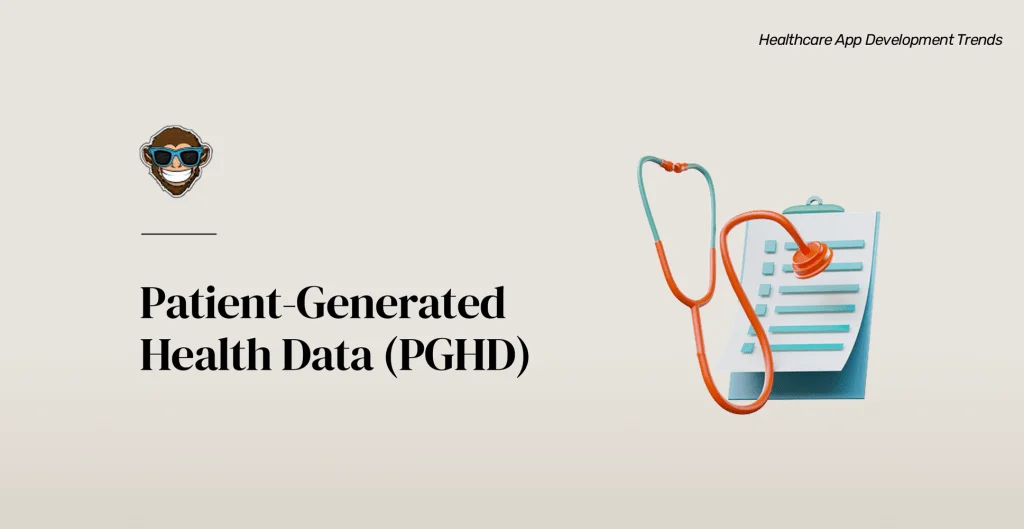
4. Patient-Generated Health Data (PGHD)
The digitization of the modern healthcare system and the resurgence of remote patient monitoring technology has started a regulatory push for safer and better patient data access. These regulatory needs have opened up a broader search for more secure and reliable data sources, which has recently brought to the forefront a new type of health information: patient-generated health data (PGHD). Easily understood by its name, PGHD is any medical information generated by patients themselves or their families. This self-generated data revolves around the patient’s medical history, lifestyle, conditions, personal information, and current and previous treatments. It sounds similar to medical data collected by a physician; however, PGHD originates with the patient who is entirely in charge of deciding how, when, and if they will share it with clinicians.
For a while now, healthcare developers have issued apps and other healthcare services that integrate with medical–or IoMT–devices to allow physicians to read and collect patient data to produce insights that translate into medical care avenues. However, PGHD is becoming a healthcare app development trend, proving that the mobile healthcare ecosystem is recently starting to work the other way around. In other words, mobile healthcare tools are beginning to let patients view and modify their EHRs, register in patient portals, and take charge of their conditions. These benefits help stakeholders accomplish three things. First, it informs physicians about day-to-day chronic disease self-management. Second, it holds the patient accountable for the success–or lack thereof–of that self-management. And lastly, it notifies the physician when the patient’s disease needs intervention.
As the adoption rates of IoMT, healthcare apps, and other remote monitoring alternatives grow, we will surely see the rise of PGHD in upcoming years. It will likely become a groundbreaking solution to promote patient engagement while reducing medical delivery costs and depressurizing the entire healthcare system.
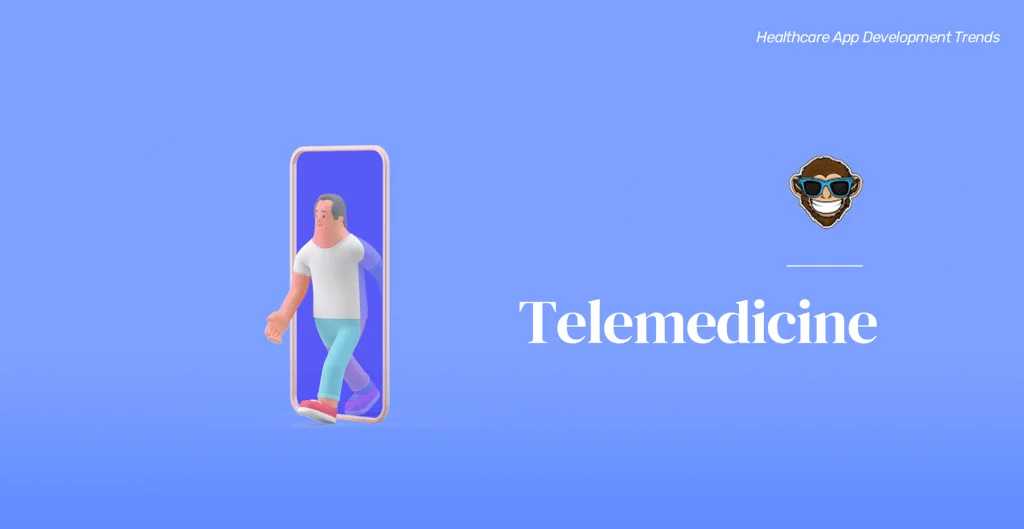
5. Telemedicine
Although telemedicine isn’t precisely an innovative healthcare app development trend, it is this year’s leading remote health monitoring tool. Research shows that 42% of adults in the US stated they avoided in-person medical care during the pandemic and opted for telemedicine. This percentage is a clear indicator that telemedicine services, although famous for some years now, started to skyrocket during the pandemic and will likely continue to do so this year, becoming a recurring trend for healthcare app development in 2021.
However, regardless of the pandemic, there are other factors behind this year’s telemedicine trend. For one, telemedicine bolsters access to medical services in areas with little or no healthcare facilities. And since telemedicine works regardless of the existing healthcare infrastructure, physicians can deliver medical care even in the most underdeveloped countries or shortage of personnel. For instance, the World Health Organization predicts that by 2030, there will be a worldwide shortage of about 18 million healthcare workers. This shortage will have deadly consequences for patients, healthcare systems, and economies worldwide. Telemedicine solutions are an effective way of overcoming such challenges by making healthcare services easily accessible and affordable while decreasing clinician workload and optimizing medical labor.
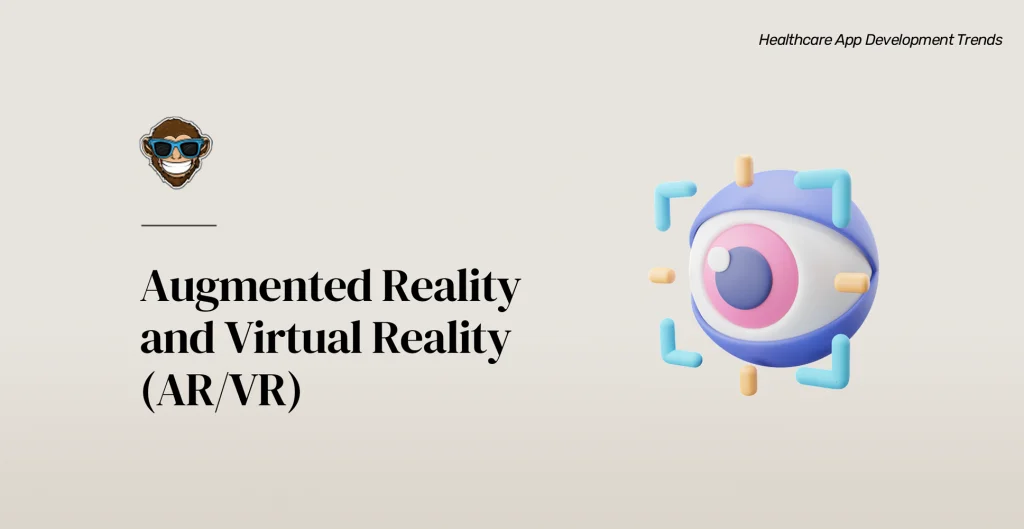
6. Augmented Reality and Virtual Reality (AR/VR)
In 2021, augmented and virtual reality technologies are becoming increasingly popular, especially in the entertainment arena. We see them being applied in virtual quest rooms, games, VR cinemas, and even concerts. However, VR/AR-enabled gadgets and games aren’t the only use for these technologies. VR and AR are gaining momentum in several healthcare scenarios where they are already providing high-quality, practical assistance to doctors and pharma companies. According to Allied Market Research, the VR-powered healthcare market will reach $2.4 billion by 2026.
In the healthcare sector, physicians, institutions, and pharma companies have dabbled into AR/VR technologies to:
- Train doctors: Medical students, experienced doctors, and surgeons can experiment and learn treatment avenues through VR simulations without the risk of making life-threatening mistakes. They can also enable the standardization of medical learning.
- Perform robotic surgery: High precision robots perform surgical procedures while remotely controlled by a surgeon.
- Potentialize patient experience: VR /AR technologies can improve patient experiences by effectively engaging them in medical care with immersive simulations.
- Perform emergency treatment: AR maps can be layered over real ones to help emergency patients find and tour medical centers, pharmacies, and other facilities.
- Analyze CT scans and MRIs.
Additionally, VR/AR technologies can help save operational costs, time, deliver more personalized treatments, and help doctors better convey to their patients their treatment methodologies and engage with them better. Moreover, many healthcare app development companies are getting ready to strengthen their digital products with VR/AR technologies. And in doing so, they will help provide enhanced data analysis, support medical care delivery, and educational material, and ultimately potentialize healthcare practices across the globe.
Nevertheless, the application of today’s VR/AR technology in the healthcare context is still at an experimental stage. In addition, issues such as limited access to high-speed mobile networks, capable personnel, and lack of infrastructure hinder the widespread application of VR/AR technology. However, the development industry is breaking ground and, with the advent of 5G, VR/AR-powered healthcare app development is a soon-to-be reality.
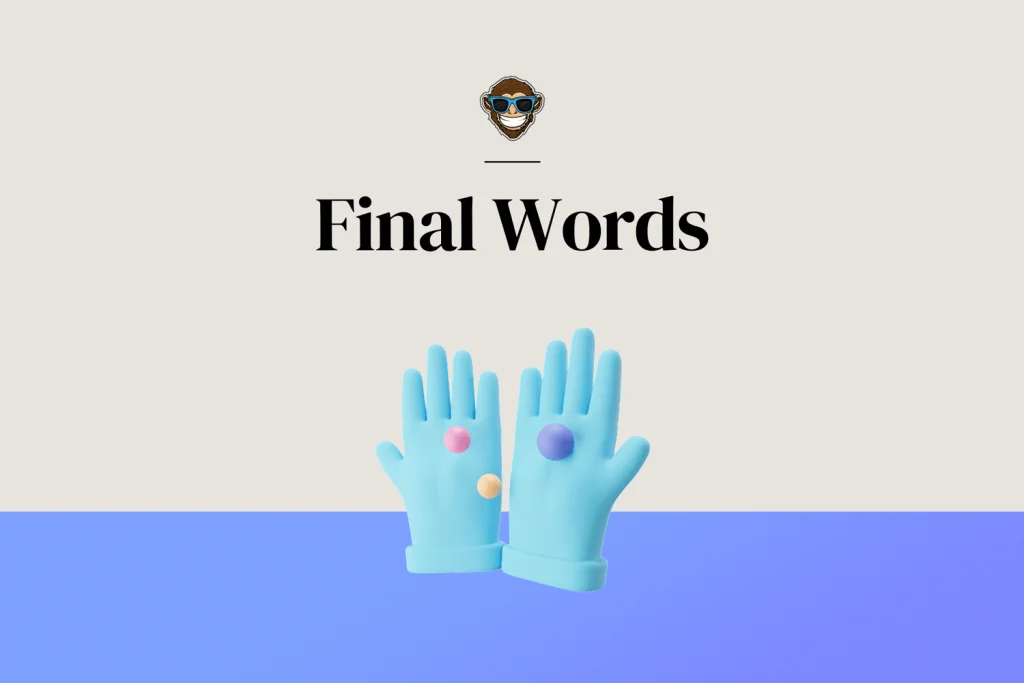
Final Words
Due to the constant evolution of technology, the healthcare app industry is transforming each passing year. As a result, mobile healthcare apps are becoming more robust and innovative, and developers are gaining ground on turning healthcare apps into a necessity for the healthcare ecosystem’s functioning. For this reason, it is crucial for us healthcare developers to stay on top of the trends and groundbreaking technologies that drive our search for innovation forward.
Some of the healthcare app development trends listed in this article are not far away in the future and are already a part of the mobile healthcare ecosystem. Others may be a little behind on adoption due to challenges and difficulties that we will surely overcome in upcoming years. Nevertheless, they will, without a doubt, become the next necessity in mobile healthcare.
If you are looking for high-quality mobile healthcare solutions or have any questions, we can help! We build innovative, scalable, and robust healthcare apps that are always on par with the latest technologies.
